BPC-157 & TB-500 Blend 5MG
$59.99
BPC-157 & TB-500 Blend is a research peptide combination designed to explore synergistic effects on tissue repair, inflammation reduction, and cellular regeneration.
- BPC-157: Derived from a naturally occurring protein in gastric juices, it is known for promoting angiogenesis (new blood vessel formation), accelerating tissue repair, and reducing inflammation, particularly in tendons, ligaments, and the gastrointestinal system.
- TB-500: A synthetic analog of Thymosin Beta-4, it enhances cell migration, supports actin regulation, and aids in wound healing and recovery processes.
Together, this blend is studied for its potential to enhance healing, reduce inflammation, and support cellular repair in various tissues.
This compound is intended solely for research purposes and is not approved for human consumption. It must be handled by qualified professionals within controlled laboratory environments.

Description
BPC-157 & TB-500 Peptide Blend
The BPC-157 & TB-500 blend combines two regenerative peptides—BPC-157 (Body Protection Compound-157) and TB-500 (a synthetic version of the naturally occurring thymosin beta-4 fragment)—to create a synergistic compound for the study of tissue repair, angiogenesis, inflammation modulation, and cell migration in laboratory models.
Both peptides have independently demonstrated potential in accelerating wound healing, reducing inflammation, and promoting cellular regeneration in musculoskeletal and soft tissue injury models. When combined, this formulation is of particular interest in research involving connective tissue recovery, tendon and ligament repair, and neurological protection.
Chemical Makeup
-
BPC-157
-
Sequence: Gly-Glu-Pro-Pro-Pro-Gly-Lys-Pro-Ala-Asp-Asp-Ala-Gly-Leu-Val
-
Molecular Formula: C62H98N16O22
-
Molecular Weight: 1419.54 g/mol
-
-
TB-500 (Thymosin Beta-4 fragment – Ac-SDKP analogue)
-
Sequence (Active region): Ac-Ser-Asp-Lys-Pro
-
Molecular Formula: C212H350N56O78S
-
Molecular Weight: ~4963.49 g/mol
-
-
Form: Lyophilized peptide blend
-
Solubility: Water-soluble (reconstitute with bacteriostatic water)
Research & Preclinical Investigations
Tissue Regeneration and Cellular Migration
In preclinical models, BPC-157 has demonstrated the ability to stimulate fibroblast migration, angiogenesis, and epithelial repair, while TB-500 promotes actin polymerization, facilitating rapid cell migration and tissue reconstruction. Together, these peptides may work synergistically to enhance the speed and quality of tissue healing, particularly in muscle, tendon, ligament, and nerve injury models.
Anti-Inflammatory and Cytoprotective Effects
Both peptides have shown anti-inflammatory properties, with studies suggesting they may downregulate TNF-α, IL-6, and other pro-inflammatory cytokines. Additionally, the blend may help protect tissues from oxidative damage and stress-induced apoptosis by supporting the cellular antioxidant response.
Angiogenesis and Blood Vessel Growth
In animal studies, BPC-157 has been linked to increased vascular endothelial growth factor (VEGF) activity and improved capillary formation. TB-500, known to upregulate angiogenesis-related gene expression, may potentiate these effects, making the blend a powerful candidate for vascular regeneration and ischemic tissue repair research.
Neurological and Organ Protection
The combined use of BPC-157 and TB-500 is under investigation for their neuroprotective potential, particularly in models of brain trauma, spinal cord injury, and gastrointestinal ulceration. The blend has also been studied in cardioprotective models, showing improved myocardial recovery following ischemic injury.
Research Use Only
This BPC-157 & TB-500 blend is intended for in vitro and in vivo research purposes only. It is not approved for human or veterinary use, therapeutic applications, or diagnostic procedures. Proper laboratory protocols and biosafety handling practices must be followed.
References
-
Sikiric P, et al. BPC 157 and blood vessel healing. Curr Pharm Des. 2018;24(18):2000–2023.
-
Goldstein AL, Hannappel E. Thymosin β4 and its synthetic derivatives as regulators of cell migration and wound healing. Ann N Y Acad Sci. 2007;1112:140–153.
-
Chang CH, et al. BPC-157 accelerates tendon healing in rat models. J Orthop Res. 2011;29(6):976–983.
-
Malinda KM, et al. Thymosin beta-4 promotes endothelial cell migration and angiogenesis. J Cell Sci. 1999;112:2045–2054.

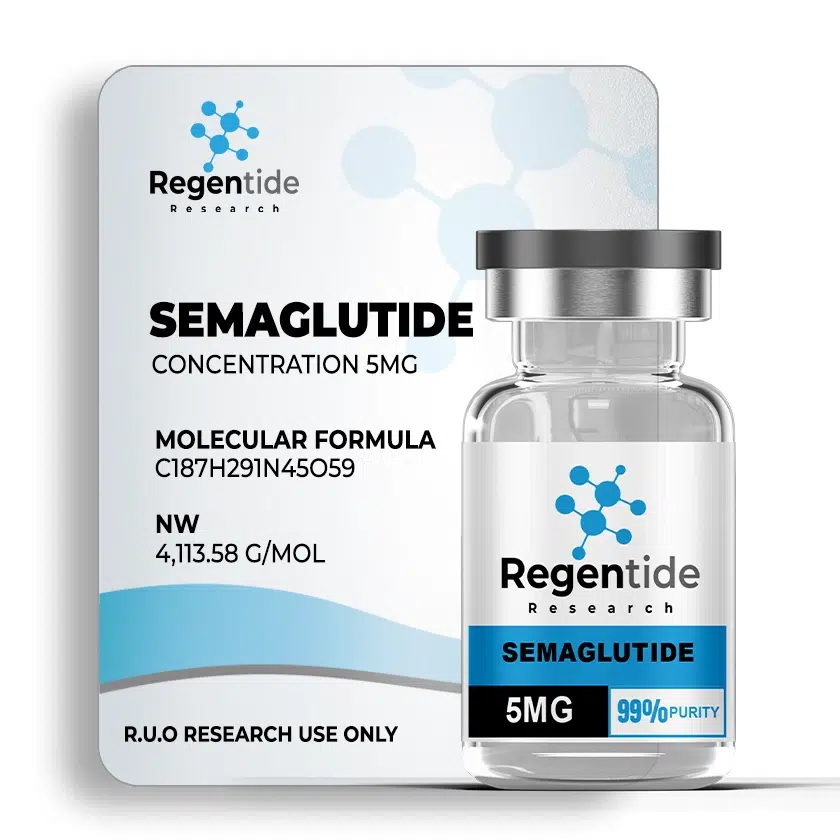
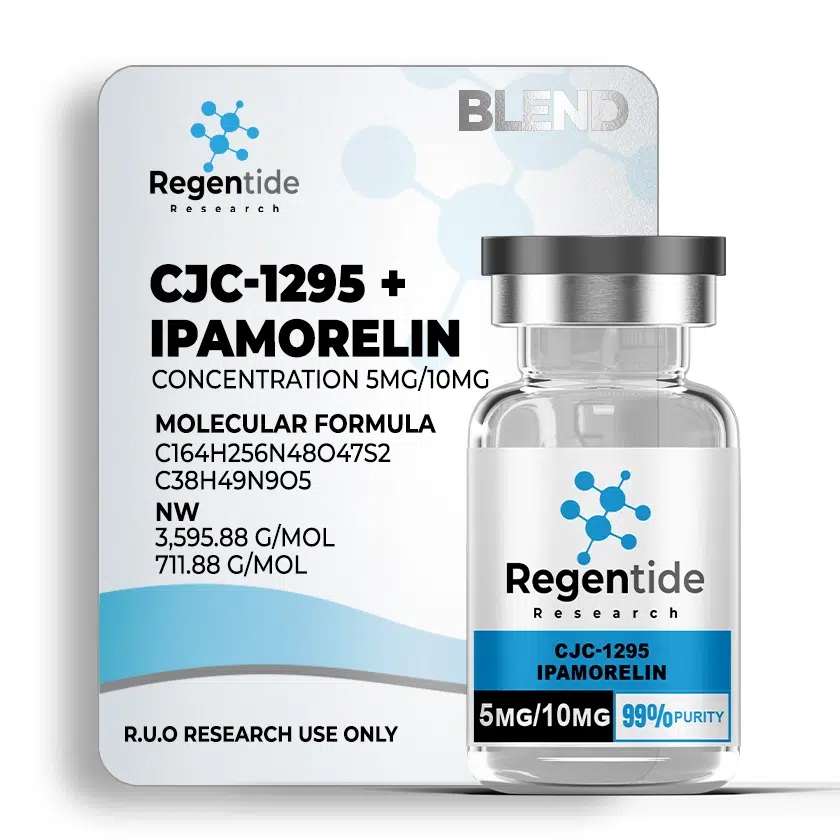

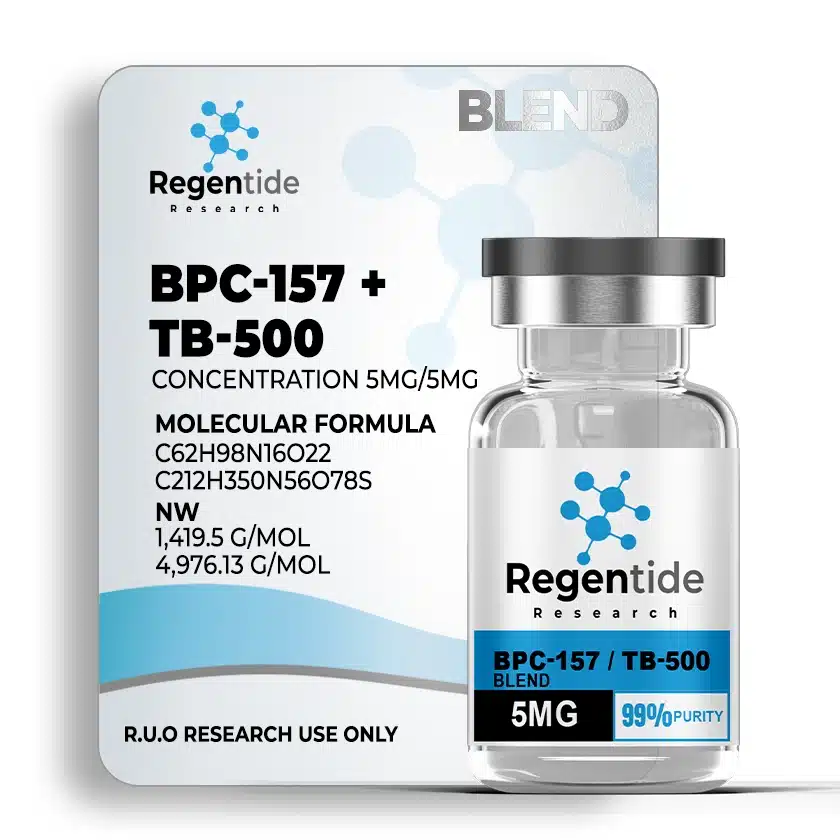
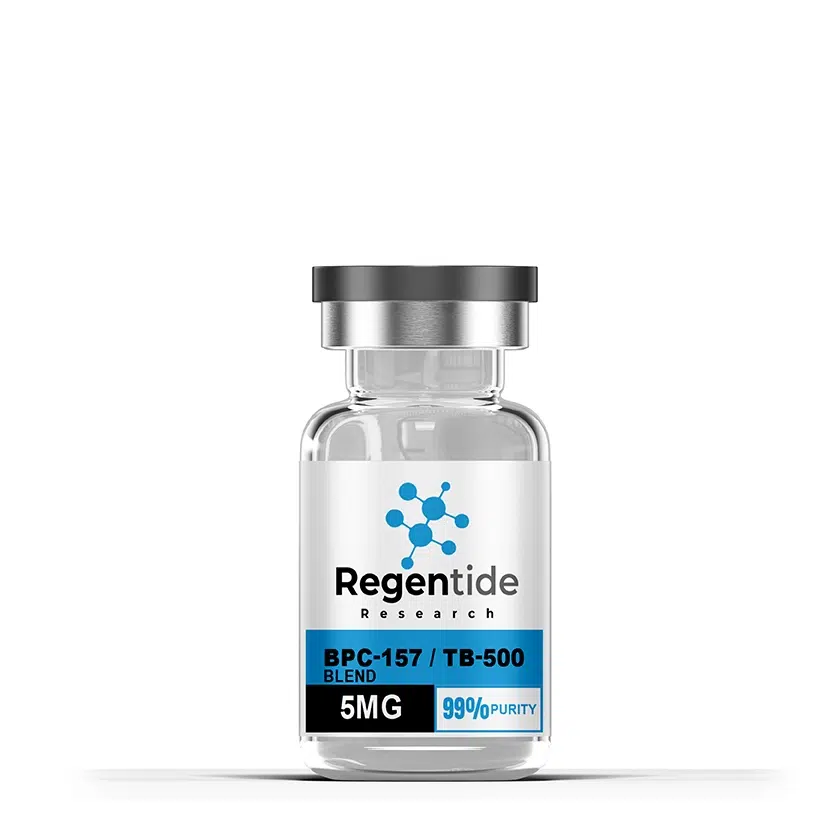
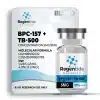

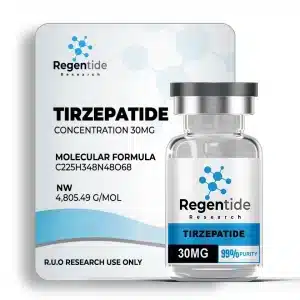
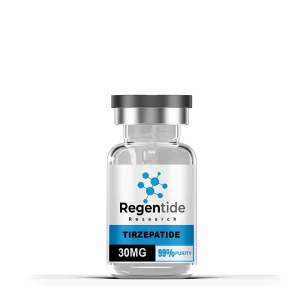
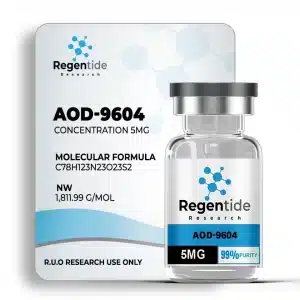
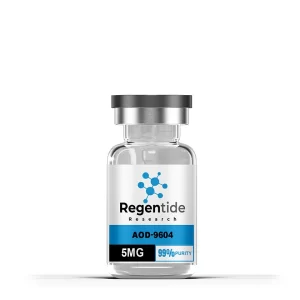
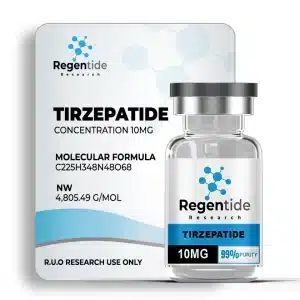
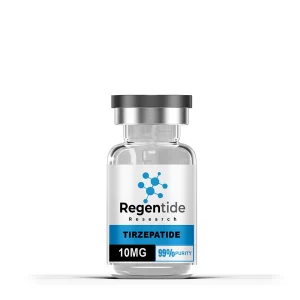
Reviews
There are no reviews yet.